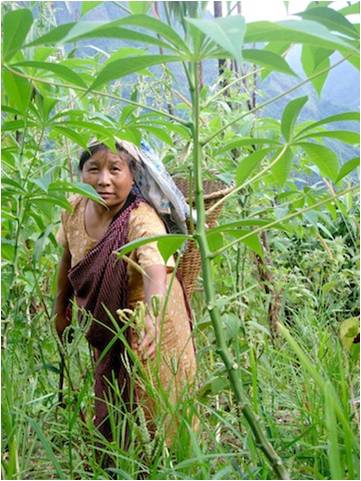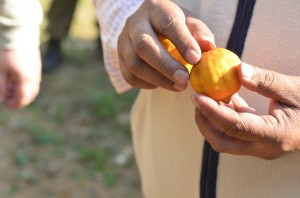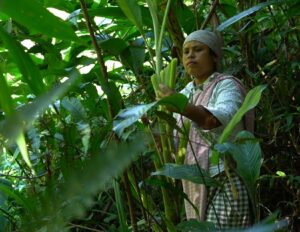Let us understand jhum cultivation before writing it off..

Also known as slash and burn cultivation, jhum has over the years received a lot of negative press and not without reason.
“The current practice of shifting cultivation in eastern and north eastern regions of India is an extravagant and unscientific form of land use. The evil effects of shifting cultivation are devastating and far-reaching in degrading the environment and ecology of these regions. The earlier 15–20 year cycle of shifting cultivation on a particular land has reduced to 2–3 years now. This has resulted in large-scale deforestation, soil and nutrient loss, and invasion by weeds and other species. The indigenous biodiversity has been affected to a large extent. ” say Rajiv Ranjan and V. P. Upadhyay in their publication ‘Ecological problems due to shifting cultivation’.
What looks bad for the practice is that it involves clearing vegetative/forest cover on land/slopes of hills, drying and burning it before the onset of monsoon and cropping on it thereafter. After harvest, the land is left fallow and regeneration of vegetation is allowed on it till the plot becomes reusable. Meanwhile, the process is repeated in a new plot preparing it for during next year.
Jhum cultivation was originally not meant to be a process that involved the rampant destruction of wild vegetation and a cycle that hardly gives the soil a chance to recuperate. When the cycle lasted for as long as 20 to 30 years, the process worked well. However, with the pressures on land with the increase in human population the Jhum cycle was drastically reduced, in some case only 2-3 years. This progressively lead to land degradation posing a threat to ecology of the region at large.
“In contrast, studies by ethnologists have tended to view shifting cultivation favourably. It is considered a diversified system, well adapted to local conditions in moist forest and hilly tracts. Others have argued that traditional shifting cultivation may not be as destructive as modern forest exploitation for timber. Clearance of small patches of forest with long fallow periods may even enhance
biodiversity in the landscape due to the creation of a variety of habitats. Amidst such contrasting views, there is a clear need for reliable empirical and scientific data on the nature and ecological impact of jhum.”- T.R. Shankar Raman in his publication “Jhum: shifting opinions”
According to T.R. Shankar Raman, the superiority of jhum cultivation over some forms of sedentary cultivation partly explains the persistence of this form of agriculture in North East India. Other reasons include the economic security provided by jhum and its cultural importance to indigenous tribes. Poor access to markets, capital, and technical knowhow of more commercially rewarding alternatives such as horticulture and cash crop cultivation also hinders the transition to other occupations. Clearly, one cannot do away with jhum assuming it to be a primitive and inefficient system, as attempted in governmental jhum control programmes and new land use policies. Instead, an unbiased understanding of the advantages of jhum is required for proper design and implementation of developmental programmes.
To read more follow http://www.india-seminar.com/2000/486/486%20raman.htm
Here is a video on jhum farming and climate change, posted by the India Water Portal. It features jhum cultivators of the Garo community of Meghalaya.
https://www.youtube.com/watch?v=8WRuz3iRHfY




Please also see: Mizoram: Bamboozled by land use policy
http://www.thehindu.com/opinion/op-ed/mizoram-bamboozled-by-land-use-policy/article6005950.ece
(A longer version available at http://coyot.es/elephanthills)